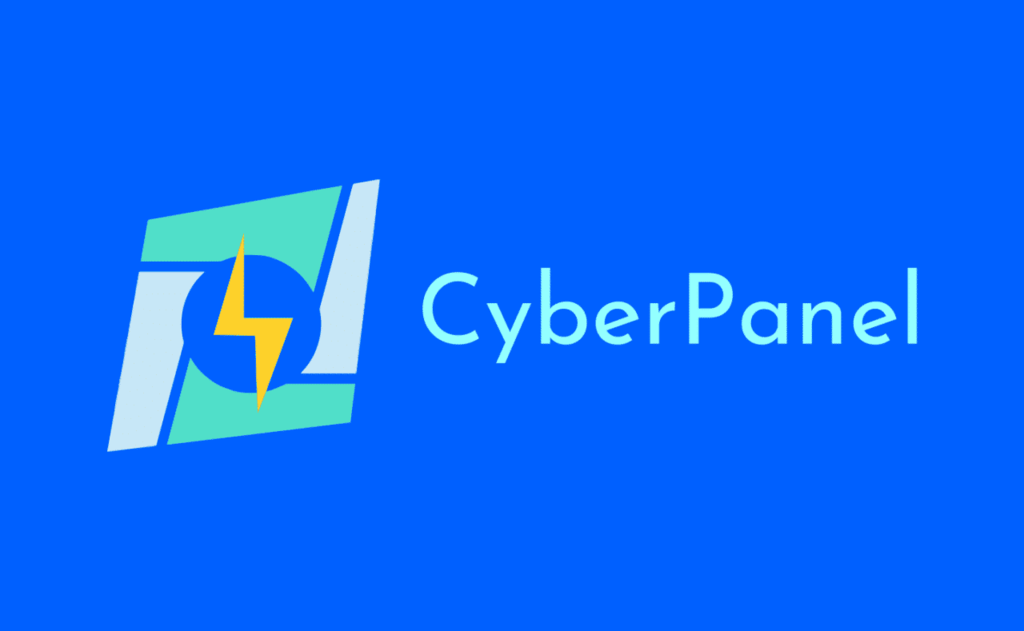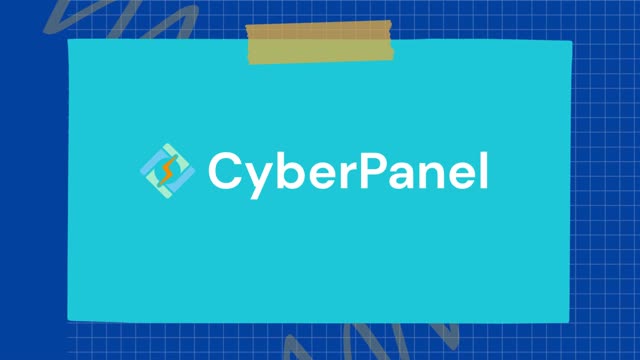CyberPanel is a powerful hosting control panel supported by OpenLiteSpeed, an open-source version of the LiteSpeed web server. Designed as a next-generation hosting solution, CyberPanel includes a range of features and optimizations necessary for hosting various websites. Whether you’re managing a small blog or a large e-commerce platform, CyberPanel offers the tools you need to ensure your site runs smoothly and efficiently.
One of the key benefits of CyberPanel is its user-friendly interface, which makes it accessible even for those with limited technical knowledge. It allows users to manage their hosting accounts, configure security settings, create databases, and much more, all from a single, intuitive dashboard. Additionally, because it is built on OpenLiteSpeed, CyberPanel offers the performance benefits of LiteSpeed, such as faster page load times and better resource management.
How to Use CyberPanel?
CyberPanel is typically used through a web-based interface. Users can access CyberPanel using their browser and easily take advantage of its advanced features. The panel is typically used to perform basic tasks such as managing hosting accounts, creating databases, and configuring security settings. Here are some of the key features and functionalities you can use in CyberPanel:
Hosting Account Management
With CyberPanel, managing hosting accounts is straightforward. You can easily create new accounts, manage existing ones, and configure settings according to your needs. Whether you are hosting multiple websites or managing client accounts, CyberPanel provides a seamless experience with its intuitive tools and easy navigation.
Database Management
CyberPanel supports popular database management systems like MySQL and MariaDB. You can create, manage, and optimize databases directly from the panel. Additionally, CyberPanel offers backup and restore options, ensuring that your data is safe and can be recovered easily in case of any issues.
Security Configuration
Security is a crucial aspect of web hosting, and CyberPanel offers a range of features to help you secure your websites. You can configure SSL certificates, manage firewall settings, and implement security protocols to protect your sites from malicious attacks. CyberPanel also supports two-factor authentication (2FA) for added security.
CyberPanel Requirements
To install CyberPanel, the following minimum requirements are necessary:
Operating System
CyberPanel is specifically designed to work on CentOS 7, so CentOS 7 is the preferred operating system for installation. Ensure that your server is running CentOS 7 before you begin the installation process.
Python 2.7
Python is a required language for CyberPanel to operate. During installation, version 2.7 of Python should be used. It is crucial to ensure that the correct version of Python is installed and properly configured on your server.
RAM (Memory)
A minimum of 1 GB of RAM is recommended, but 2 GB of RAM or more is a better option for optimal performance. The amount of RAM you need may vary depending on the number of websites you plan to host and the traffic they generate.
Disk Space
A minimum of 10 GB of available disk space is required. This space is used for storing CyberPanel and the files of hosted websites. If you are hosting multiple websites or large applications, consider allocating more disk space to accommodate growth.
How to Install CyberPanel?
Installing CyberPanel is a straightforward process if you follow these steps:
- SSH Connection: We make SSH connection to our server. After entering our password, we will be connected to our server as root. The command to use is:
ssh root@ipaddress
- System Update: If you have just created your server, it is recommended to update it. You can use the following command to update your system:
yum -y update
- Move to Root Directory: We move to the root directory of the system using the command:
cd ~
- Download the Installation File: Download the CyberPanel installation file to the root directory using:
wget -O installer.sh https://cyberpanel.net/install.sh
If you encounter an error, you may need to install the wget package with the command:
yum install wget
- Set Permissions: We give the installation file read and execute permission using:
chmod 755 installer.sh
- Run the Installation File: Run the installation file with:
sh installer.sh
Follow the prompts to complete the installation, choosing the options that best fit your needs. During the installation, you’ll be asked to choose between the free OpenLiteSpeed version or the premium LiteSpeed Enterprise. For most users, the OpenLiteSpeed version is sufficient.
Conclusion
CyberPanel is an innovative hosting control panel that combines the power of OpenLiteSpeed with a user-friendly interface. Whether you’re a novice user or an experienced administrator, CyberPanel offers the tools and features you need to manage your websites effectively. By following the installation steps outlined above, you can quickly set up CyberPanel and start managing your hosting environment with ease.


CyberPanel provides an efficient, powerful solution for managing your web hosting environment. This article guides you through the installation and key features of CyberPanel, making it easier to harness its full potential.




